What is tea?
All caffeinated tea comes from the same plant (Camellia Sinensis) and is generally agreed to have originated in a central point of N Burma, SW China, NE India and Tibet and have spread from there. There are written records of tea consumption from as early as 2nd century BC! However it took until the 17th century for tea to make an appearance in Britain and until 18th century for it to become popular.
When did tea come to Britain?
During the 17th century, tea was being imported by Dutch merchants and reserved for the upper classes due to its high price. In 18th century tea was mainly grown in China, but they were not keen on British made goods which made trade difficult, and expensive. The opium wars allowed Britain to trade with China for the goods that Britain wanted at a price they were willing to pay. This trade route was not without its difficulties and eventually most tea cultivation would be moved to India.
The first place to commercially grow tea in India was Assam. Cultivation was encouraged by the British through giving land to those who were willing to move to India and run the tea estates. Chinese methods and seeds were used, but in British run India, which was beneficial to the government and traders.
The easier trade with India allowed for the price to decrease which made it a more accessible commodity to the British lower classes. The mild stimulating effect and the nourishment from the milk means that the classic British ‘cuppa’ is a very useful tool.
The ‘tea break’ (a 10 – 15 minute break in the morning and afternoon) allowed workers to have a quick rest, and energise themselves for the work ahead. Made en-mass, tea is a cheap and effective way to fuel your workforce. It is only since the 1980s that Britain has seen a decline in these practices.
British tea drinking culture
Tea played an important role in both World Wars, fuelling the troops, keeping up morale and helping them stay warm and nourished. So much so that the government at the time are reported to have stock-piled tea by buying all that was available in Europe to ensure those on the front line, and those at home, would have a steady supply.
Even in the depths of rationing tea was available at 2oz per week, which meant approximately 3 cups per day. Whilst this was a drastic reduction of what most people drank per day, it was still more readily available than a lot of other products at the time. This gave a small sense of normalcy in a time of great disruption and upheaval. It is reported that Churchill even stated that tea was more important than ammunition for winning the war!
Tea drinking today
It is easy to see why, even as the rest of Britain has changed, tea drinking has stayed a British staple. It is deeply engrained in our history.
Whilst the traditional cuppa that was previously drunk has declined in popularity, younger generations are drinking more green tea, rooibos and other herbal and fruit teas than ever before. The tea being drunk is often of higher quality with an emphasis on artisan and bespoke blends that are more environmentally friendly and ethically conscious.
For a long period the ‘convenience’ of the teabag was king, but nowadays a conscious resurgence of loose leaf varieties and the traditional teapot is taking hold with many tea drinkers. A return of the sense of community arising from a shared pot of tea, including all facets of the process, taking the time to make, letting it brew, straining and drinking. As many people are reflecting on where their food, clothing and furniture comes from, it makes sense to pay close attention to tea too. With consumerism being flipped on its head, people are looking for quality tea that’s better for their health, those that grew and processed it and better for the Earth in general.
There’s so much more I could go in to about tea drinking and how it’s changed but it would be tangent after tangent. So, I’ll leave it there for now and go into more depth in individual posts. If there’s anything you’re desperate to know more about, do send me an email or a message on social media and I’ll put it on the list.
In the meantime, head over to the shop and check out the wide range of high-quality teas that we have available.
Namaste.

